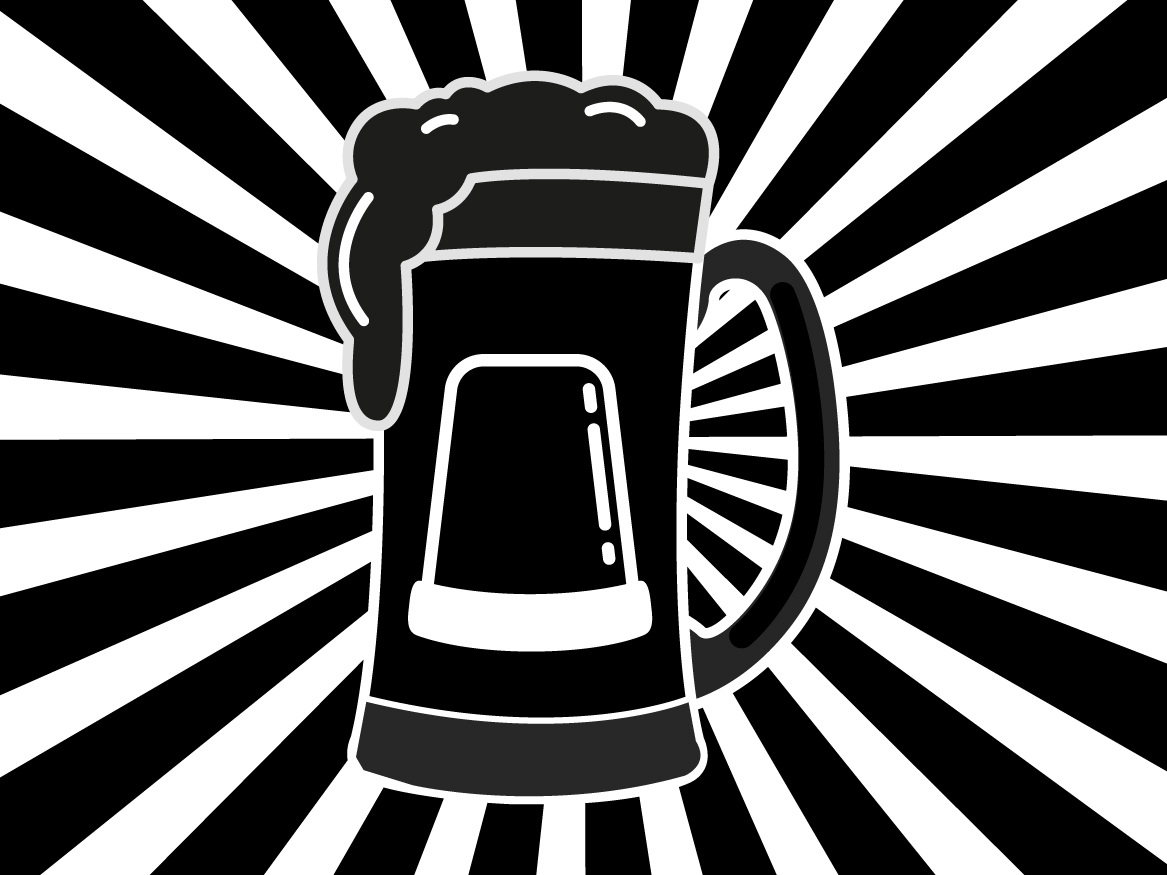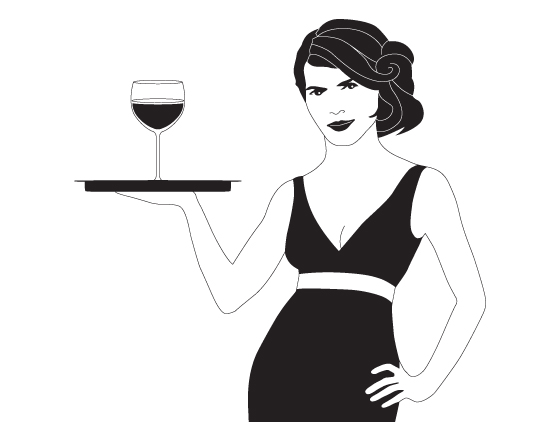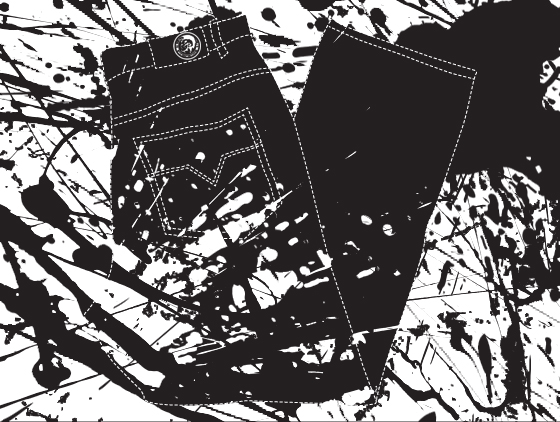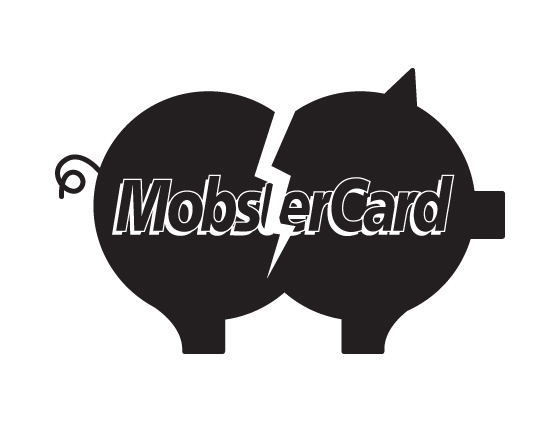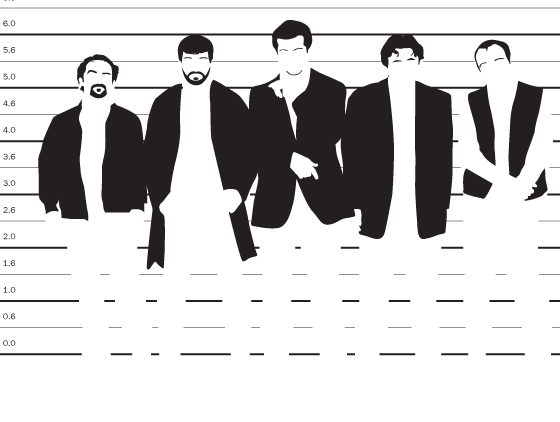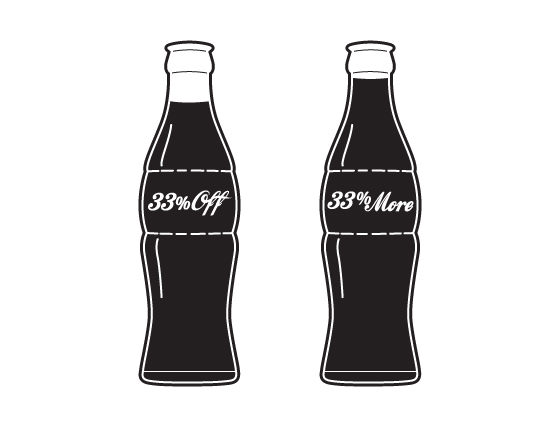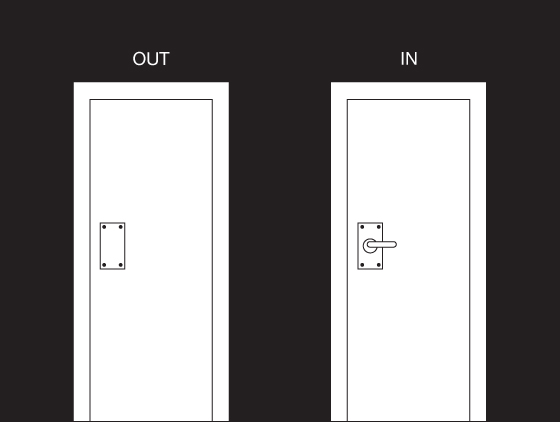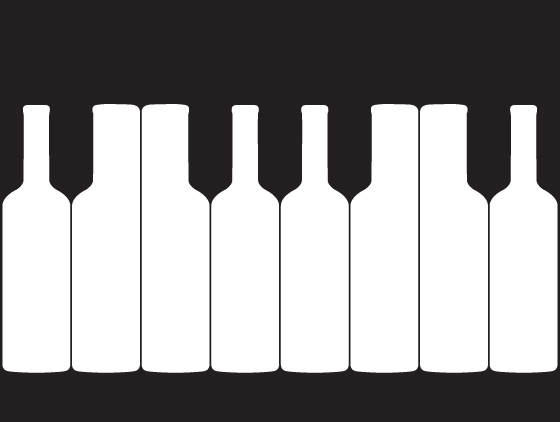Advertising is useful for creating awareness of the the brand and making the brand likable through a story. However its too much to expect that viewers would choose that same brand or product when they are actually in ‘buy’ mode. Because today consumers are subjected to thousands of associations everyday and the human brain cannot be expected to revive the desired brand connection at point of purchase or consumption. Behavioural Design, on the other hand, works at this moment of truth and is far more effective at making people act in the desired way. Let us give you an example.
Suppose we wanted to encourage students to drink alcohol in limits and not go overboard. And say we chose advertising as a way to influence them to reduce their drinking. And say we even use the proven persuasive technique of using social norms – people are motivated to behave in line with perceived social norms. So we advertise that 85% of students drink 2 or lesser than 2 drinks when they party. The thinking is that when students know that their peers don’t drink much, it will reduce the amount that they’ll want to drink when they party. And we advertise via posters in colleges in prominent places so that the students would surely notice them.
Though the technique of social norm is persuasive, by the time the students get to the pubs, clubs, parties, wherever drinking occurs, they forget about that piece of persuasive messaging. The disparity between where the students see the persuasive message and where they are when they drink means that the distant voice of the message is likely to be drowned by the here-and-now sounds of cheers, fast music, laughter and an ambience created to shed inhibitions.
It’s unlikely that the same message would work if placed inside the pubs or clubs, especially if students see other students drinking more than 2 drinks. But what if the pubs put playful ‘light cubes’ in students’ drinks. Light cubes that are LED lights enclosed in plastic, emitting flashes of blue and white light, making the drink look like it were flashing the police car lights (blue, white and red in US). That could subliminally remind the students of the presence of cops around and restrict them from going overboard and getting into trouble. That’s why Behavioural Design is more powerful at changing behaviour.
